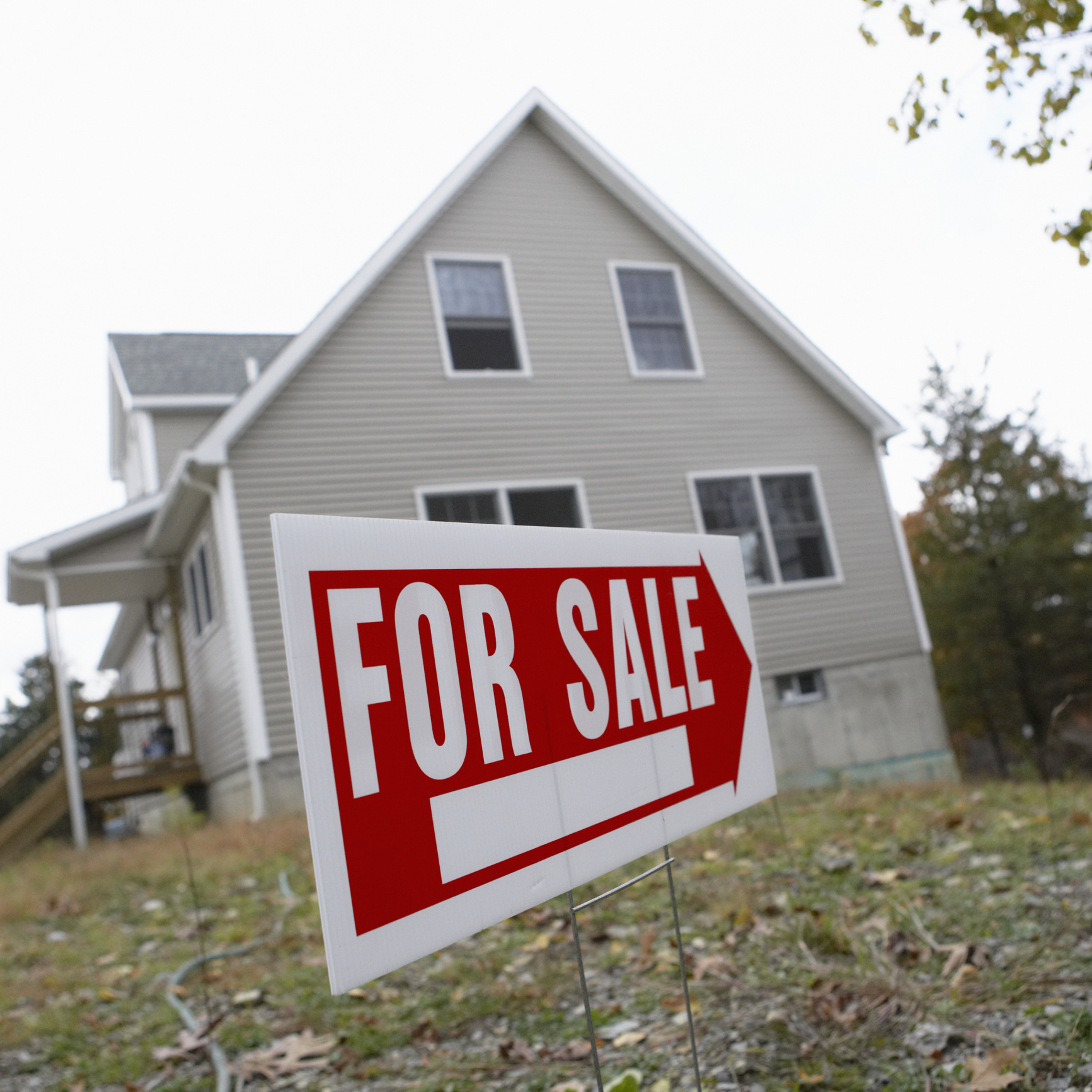
In all 20 U.S. cities included in the S&P/Case-Shiller home price index, January house prices increased year over year, and 12 of 20 posted a month-over-month increase. Portland (up 11.8%), Seattle (up 10.7%) and San Francisco (up 10.5%) posted the largest year-over-year gains. San Francisco (down 0.7%) and Minneapolis (down 0.5%) posted the largest month-over-month price declines compared with December.
Other cities posting a month-over-month price decline were Boston and Chicago (0.4%), New York (0.3%), Phoenix (0.2%) and Charlotte and Washington, D.C. (0.1%).
The smallest year-over-year gains came in Chicago (2.1%), Washington, D.C., (2.2%) and New York (2.8%). Month over month, Atlanta prices were flat, while prices rose most in Los Angeles (0.5%) and Miami (0.4%).
The S&P/Case-Shiller home price index for January increased by 5.7% year over year for the 20-city composite index and by 5.1% for the 10-city composite index. The national index rose 5.4% year over year, flat with the increase in December. The consensus estimate for the 20-city index called for growth of 5.8% year over year.
The index tracks prices on a three-month rolling average. January represents the three-month average of November, December and January prices.
Before seasonal adjustment, the National Index, the 10-City Composite, and the 20-City Composite all remained unchanged in January. After seasonal adjustment, all three composites reported strong advances.
Average home prices for January remain comparable to their levels in the winter of 2007.
The chairman of the S&P index committee said:
Home prices continue to climb at more than twice the rate of inflation. The low inventory of homes for sale – currently about a five month supply – means that would-be sellers seeking to trade-up are having a hard time finding a new, larger home. The recovery of the sale and construction of new homes has lagged the gains seen in existing home sales. This may be starting to change: starts of single family homes in February were the highest since November 2007. The single-family-home share of total housing starts was 70% in February, up from a low of 57% in June 2015, and approaching the 75%-80% range seen before the housing crisis.
While low inventories and short supply are boosting prices, financing continues to be a concern for some potential purchasers, particularly young adults and first time home buyers. The issue is availability of credit for people with substantial student or credit card debt. While rising home prices are certainly a factor deterring home purchases, individual financial positions are more important than local housing market conditions. One hopeful sign is that the home ownership rate, at 63.7% in the 2015 fourth quarter, may be turning around. It is up slightly from 63.5% in the 2015 second quarter but far below the 2004 high of 69.1%.
Compared with their peak in the summer of 2006, home prices on both 10-city and 20-city indexes remain down about 11% to 13%. Since the low of March 2012, home prices are up 34.5% and 36.2% on the 10-city and 20-city indexes, respectively.
Thank you for reading! Have some feedback for us?
Contact the 24/7 Wall St. editorial team.


